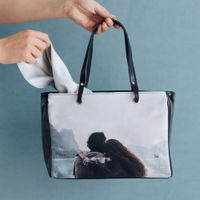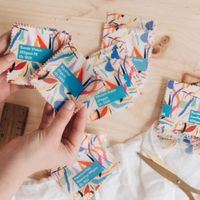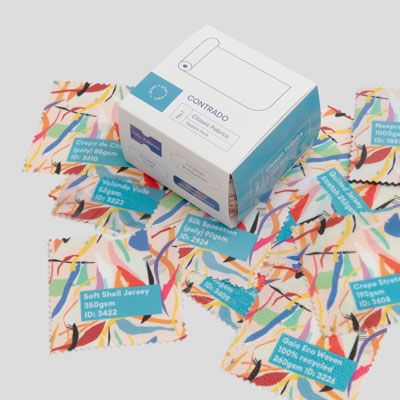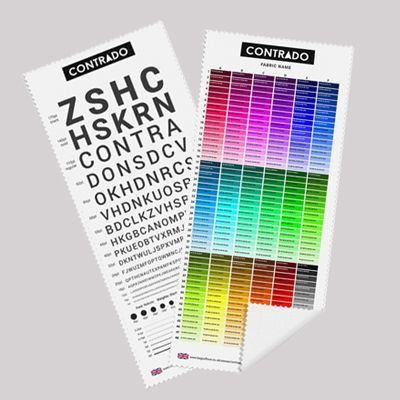Care instructions
Wash at 30°C, low tumble dry heat, hang to dry, do not wring, low heat iron.
How to Care for Sports Mesh Fabric
You'll be pleased to know this is a deceptively hardwearing material that isn't too fussy, so if you're making some sportswear for the kids or an event, you don't need to worry about getting mucky. Pop it in the washing machine at 30°C, tumble dry on medium or hang dry and if you need to, it's iron safe! It shouldn't pil, but if you're worried about it getting bobbly, wash inside out using a fabric conditioner to separate the fibres.
How Can I Use Sports Fabric?
Due to the breathable qualities, this mesh fabric is perfect to wear for any activity where you'll be working up a sweat. Make a pretty dance leotard to wear with leggings, or if you've got a favourite jacket that you want to line with a funky pattern, use airflow mesh.
Whatever your DIY clothing or craft project you've got planned, experiment with this soft and cool Airflow Light mesh material.



























